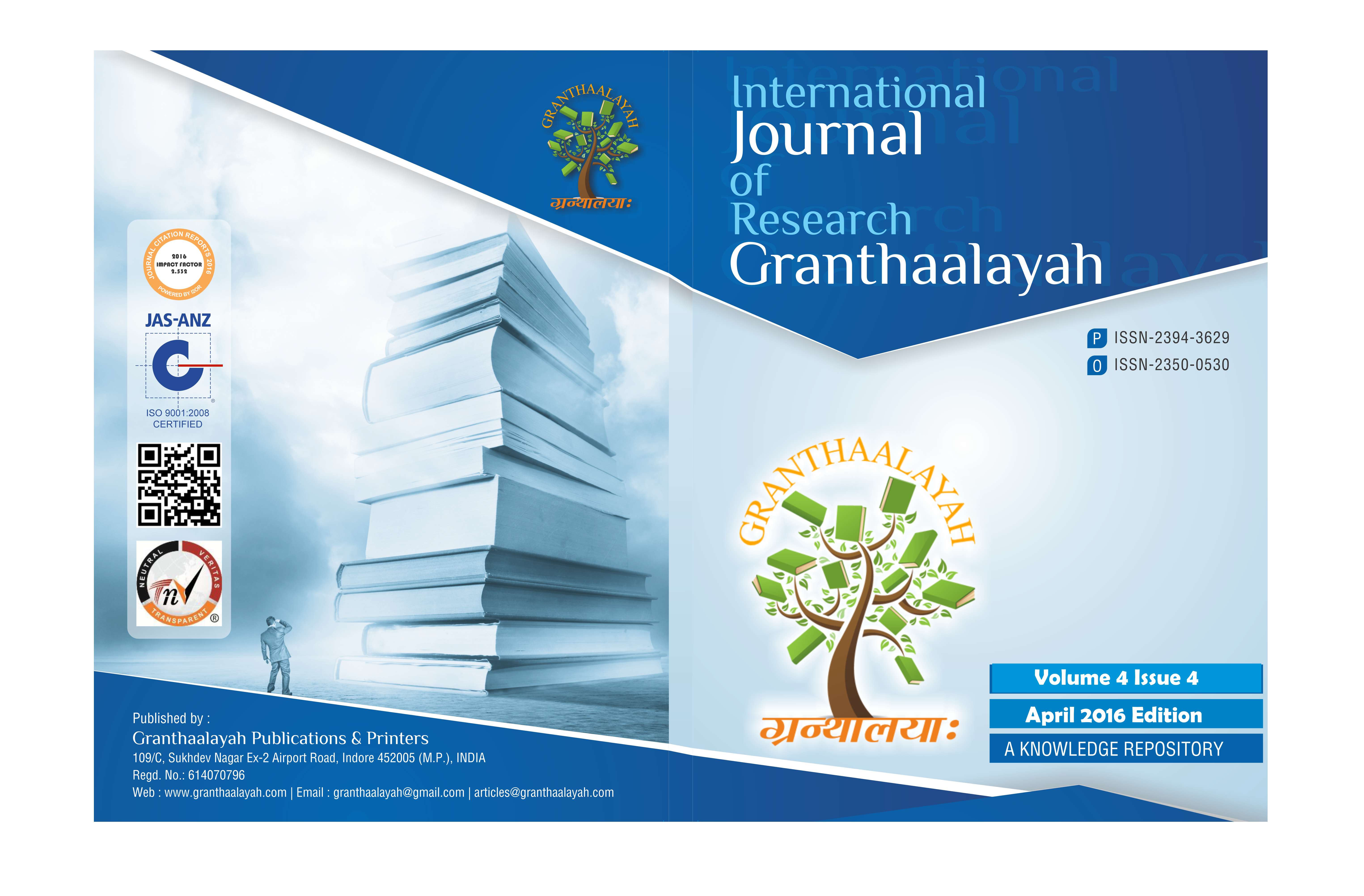EXPERIMENTAL STUDY AND PERFORMANCE OF PV SYSTEM AND PEDAL POWER WITH GRID
DOI:
https://doi.org/10.29121/granthaalayah.v4.i4.2016.2768Keywords:
Photovoltaic Cells, Energy Storage SystemAbstract [English]
A solar cell is essential a PN junction with a large surface area. The N-type material is kept thin to allow light to pass through to the PN junction.Light travels in packets of energy called photons. The generation of electric current happens inside the depletion zone of the PN junction. The depletion region as explained previously with the diode is the area around the PN junction where the electrons from the N-type silicon, have diffused into the holes of the P-type material. 3.2.3- Pedal power-
Some applications include pedal powered laptops, pedal powered grinders and pedal powered water wells. Some third world development projects currently transform used bicycles into pedal powered tools for sustainable development. The articles on this page are about the many wonderful applications for pedal power technology
Downloads
References
P. D. Lund, “Impacts of energy storage in distribution grids with high penetration of photovoltaic power,” Int. J. Distributed Energy Resources, vol. 3, no. 1, pp. 31–45, 2007.
A. Morimoto, “Performance analyses of battery integrated grid-connected residential PV systems,” in Proc. 21st Eur. Photovolt. Sol. Energy Conf., 2006, pp. 2580–2584.
H. Serban, “A control strategy for a distributed power generation microgrid application with voltage and current-controlled source converter,” IEEE Trans. Power Electron., vol. 25, no. 12, pp. 2981–2992, Dec. 2010.
N. Soltau, S. Thomas, and R. W. D. Doncker, “The balance of renewable sources and user demands in grids: Power electronics for modular battery energy storage systems,” IEEE Trans. Power Electron., vol. 25, no. 12, pp. 3049–3056, Dec. 2010.
T. Ise, “Low-voltage bipolar-type DC microgrid for super high quality distribution,” IEEE Trans. Power Electron., vol. 25, no. 12, pp. 3066–3075, Dec. 2010.
Downloads
Published
How to Cite
Issue
Section
License
With the licence CC-BY, authors retain the copyright, allowing anyone to download, reuse, re-print, modify, distribute, and/or copy their contribution. The work must be properly attributed to its author.
It is not necessary to ask for further permission from the author or journal board.
This journal provides immediate open access to its content on the principle that making research freely available to the public supports a greater global exchange of knowledge.

























